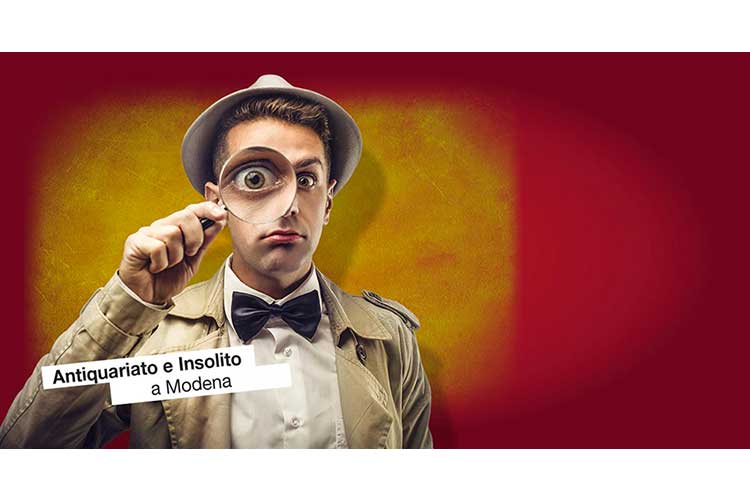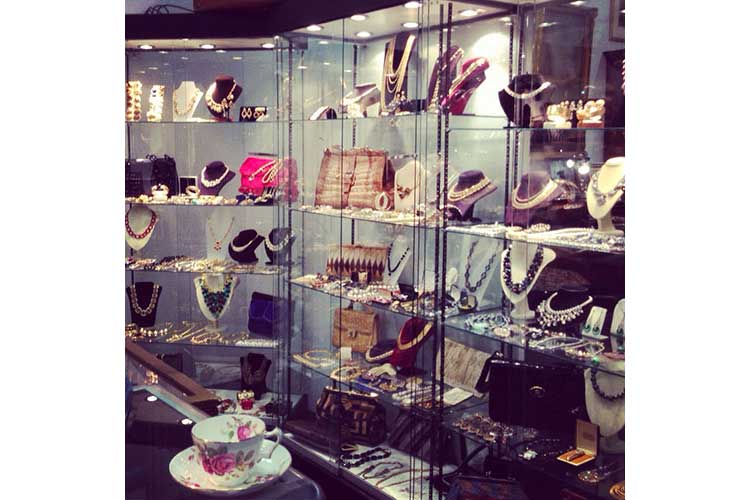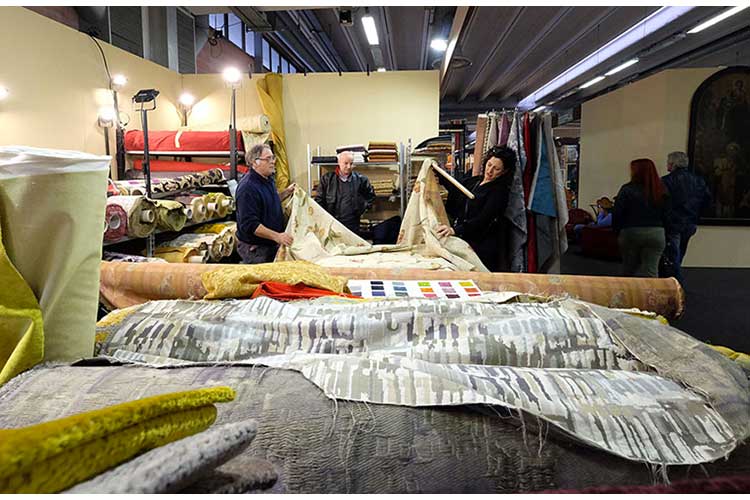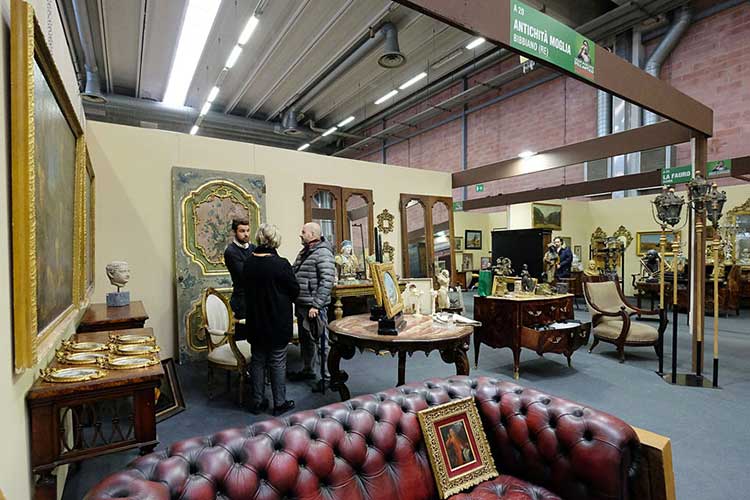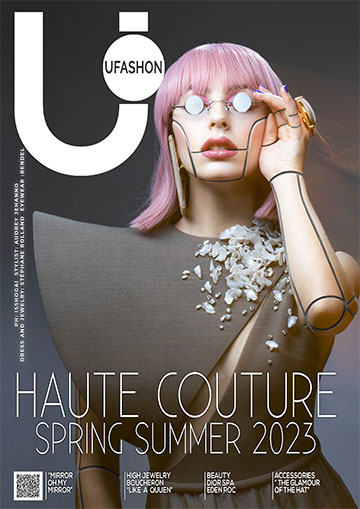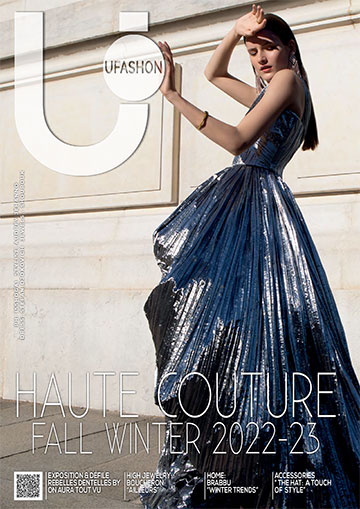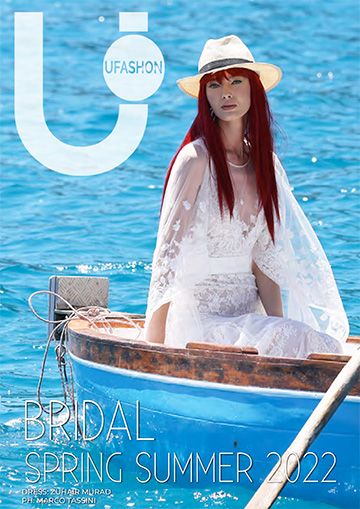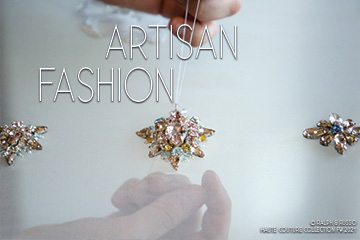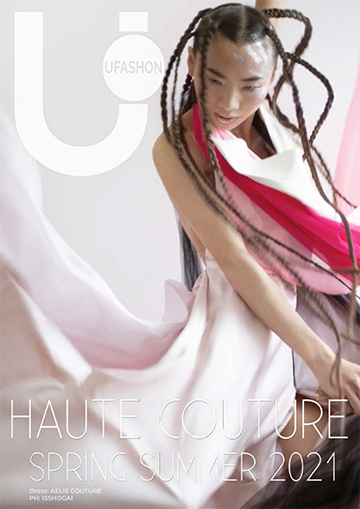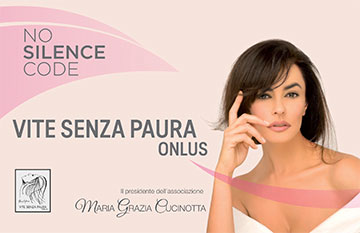15,000 square meters dedicated to antiques: two pavilions to welcome a parterre of almost 300 Italian and foreign exhibitors with their rare and precious objects of the past. From November 30th to December 2nd, ModenaFiere has hosted the thirty-second edition of the Gran Mercato dell'Antico. Only one is enough to furnish an entire house. The rare piece, untraceable, the necklace from distant times, or the pop object to collect and store with jealousy. 7.8.Novecento, in its thirty-second edition, is organized by ModenaFiere in collaboration with the Associazione Antiquari Modenesi and attracts thousands of curious people every year, but also enthusiasts and collectors in search of treasure: at the fair you can find rare pieces at extremely competitive prices .
The event welcomes almost 300 Italian and foreign antiquarians. Here sumptuous Victorian furniture, ancient statues, eighteenth-century troumeau, jewels of other times cohabit with the more pop modernism. A deliberately eclectic format for an audience that appreciates the plurality of proposals for all budgets. Among the stands stand out the new trends of the ancient: the young people who furnish the first house are very interested in modernism, in particular the furnishings ranging from the sixties to the eighties; or shabby chic, a style that proposes antique furniture (or faintly antique) repainted in clear, "ruined": the signs of wear give a romantic air to the furniture, but also a bit 'shabby: the overall effect However, it is very well taken care of in the details. But it's not over: for those looking for clothes and accessories with a past to be told among the stands you can find designer clothes, but also accessories and garments of fine tailoring not designer: all, however, strictly Vintage. 7.8.Novecento, in fact, also recounts the period from the '20s to the' 80s, with fashion, collectibles, perfumes, furnishings, but also objects of everyday use in those decades. At the fair there is also an exhibition dedicated to what Giuseppe Verdi called "his most beautiful work", the "Rigoletto", from the first to the Fenice of Venice in 1851 to today. Historical scores, stage costumes, posters and theatrical programs are exhibited: a wunderkammer that collects over 200 memorabilia to reconstruct the story of one of the highest expressions of our lyric. A focus of the exhibition is reserved for the great performers: Enrico Caruso, Titta Ruffo, Maria Callas, Luciano Pavarotti.

